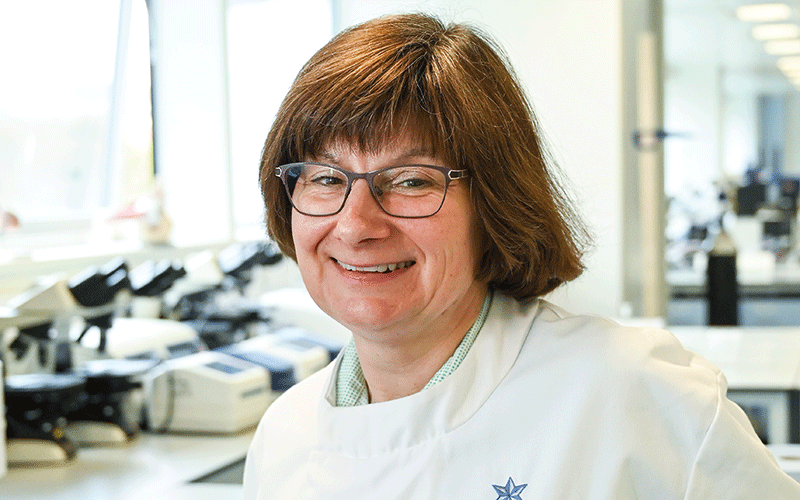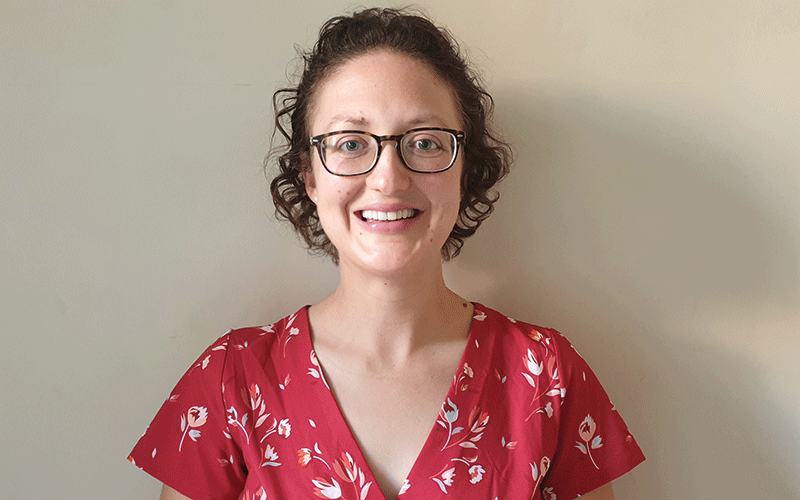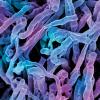This month we ask: “After COVID, what should we be doing to prepare for the next pandemic?”

Dr Sarah Pitt

Principal Lecturer, School of Applied Sciences
University of Brighton
The first step is to reflect on the professional response to COVID-19. Laboratory scientists discovered the virus quickly and shared their information about this new pathogen across the world, facilitating the development of various diagnostic tests and vaccines. Laboratory PCR protocols were available within a month and vaccines were ready for general use within 12 months. Governments provided logistical and financial support and enabled increased testing capacity. Freely accessible online sites collating information about the disease, epidemiology and sequence variation were invaluable to advance understanding of the virus. We should remember lessons we learned about how to do all these things. In a global financial crisis, countries often give contingency planning for an outbreak of a potential infectious disease a low priority.
Biomedical scientists should work with clinical colleagues and researchers to remind governments of the importance of having plans and resources in place. International work to evaluate evidence and produce guidance should be fully maintained. We should also consider people’s reactions to public health measures and vaccination. While the ease of electronic communication is invaluable in healthcare, it also allows rapid dissemination of unhelpful and sometimes false information. Scientists and clinicians should continue to investigate vaccine hesitancy. We need a clearer understanding of the reasons for it, so that we can reassure people.
Dr Chris Ring

Visiting Lecturer in Infectious Diseases
Various universities
A key factor in COVID-19 having caused such a massive global impact in such a short time is that SARS-CoV-2 is airborne, hence rapidly transmitted and very challenging to control. Although we cannot precisely predict the next pandemic pathogen, it is again likely to be a respiratory virus. Highly virulent avian influenza viruses have “spilled over” into a number of mammalian species recently, including people, although, fortunately, there is no evidence (yet) of transmission between people. Pharma companies are developing “avian” influenza vaccines for human use. Surveillance, which has recently been scaled down, should be increased with greater use of next-generation sequencing to identify viruses in animals that could represent potential pandemic agents, as well as in people, to help identify viruses that have already spilled over from animals. Vaccines have been a real success – mRNA vaccines in particular have proved themselves in terms of development time, scale of manufacture and efficacy – all critical for pandemic situations. However, we need more broadly protective tools such as “universal” influenza and “pan-coronavirus” vaccines. Research is ongoing, as is development of broadly protective monoclonal antibodies, for those unable to respond adequately to vaccines. We already have a number of anti-influenza viral drugs available, and these should be stockpiled. Some of the available anti-SARS-CoV-2 drugs have activity against other viruses, but we should increase resources for the development of more broadly active antiviral drugs.
Dr Helene-Mari Van Der Westhuizen

Global Health Fellow
Global Health Security Consortium & Oxford University
We need to find ways to keep the pandemic response infrastructure available and ready for the next outbreak, which is the opposite of what we are seeing globally. The question should be: What have we put in place for the COVID-19 pandemic that we can repurpose and use for routine healthcare delivery? Our team at the Global Health Security Consortium refers to this dual-use as an “always on” approach, which we outlined at a recent Policy Summit hosted by the Rhodes Trust. Applying this to adult vaccination means looking towards the range of effective and approved adult vaccinations and injectable treatments, community-based vaccine delivery hubs that were set up during COVID-19 and then matching this with a country’s public health priorities to see how this could be combined into a routine service. For pathogen surveillance there has been tremendous innovation in expanding genomic sequencing capacities globally, setting up wastewater surveillance programmes and building data infrastructure. We need further innovation in metagenomic sequencing to test for multiple pathogens simultaneously, and in developing the offer of genomic testing to clinical care, so cost, turnaround time and proximity to point of care improves. Instead of dismantling our COVID-19 pandemic response infrastructure, we should be repurposing and continuing to build on it.
Image credit | Photolibrary




